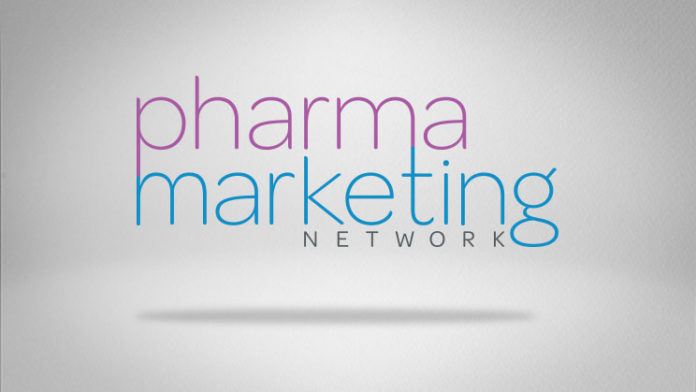Verispan’s 2007 ePromotion Annual Study estimates that “ten percent of doctors opted for electronic detailing instead of in-person sales calls with pharmaceutical reps,” according to PharmaExec.com.
PharmExec.com published some other “hard to ignore” numbers from this study:
- 47 percent of doctors feel that e-promotion is the same as face-to-face detailing
- 21 percent feel that feel that e-detailing is superior to live detailing
- 50 percent said that they would be somewhat likely to prescribe a drug they learned about through e-detail
- 44 percent expect to boost their e-promotion involvement in the coming year
Merck Leads the Way
The Verispan audit singles out Merck, whose spending on ePromotion activities has more than quadrupled over the last 3 years, reaching almost $83 million in 2007. In fact, Merck currently leads the industry in ePromotion investment, accounting for over 20% of industry spending for this promotional method. It appears that Merck is walking the walk as well as talking the talk when it comes to using technology to improve marketing and sales ROI (see “Merck Rejiggers Its Marketing Mix: Will Other Pharma Companies Follow?“).
Verispan defines ePromotion as video details, online events and virtual details. It’s all about product information. But what about other information of interest or value to physicians that is not all about the brand?
TNS Healthcare is interested in what drives physicians to be loyal to a drug brand (see, for example, “Reinventing the Sales Model“). They have found, for example, that US primary care physicians value physician education and information services provided by pharmaceutical companies as much as the quality of sales reps’ visits (66% vs. 68% of physicians surveyed value the former vs. the latter, respectively).
Internet vs. Sales Reps
But how valuable is the Internet as a source of this information vs. sales reps? TNS surveyed physicians in 6 countries (US, UK, France, Germany, Spain, and Italy) to find the answer to this and other questions.
The survey showed a wide variation in the value that primary care physicians place on the Internet vs. pharma sales reps as a source of education and information services (see chart, click for an enlarged view).

In the US, Internet services, while not as popular among physicians as other aspects of the relationship, did show a move to be valued by more physicians in 2008 vs. 2007 (42% vs. 37%, respectively).
“Given the amount of attention and spending devoted to Internet services generally, it is surprising that the Internet does not represent an area of greater physician demand,” said Jonathan Kay, President, Portfolio, TNS Healthcare. He made his comments during a recent webinar.
You can learn more about the TNS physician survey and what it means for developing a more customer-centric sales and marketing strategy in the upcoming April, 2008 issue of Pharma Marketing News. Subscribe today and get it free!
Meanwhile, see a summary of the 2007 TNS US survey here.









![6 Digital Tools at the Center of Healthcare Digitalization [INFOGRAPHIC]](http://ec2-54-175-84-28.compute-1.amazonaws.com/pharma-mkting.com/wp-content/uploads/2021/04/6DigitalTools_600px-100x70.jpg)




